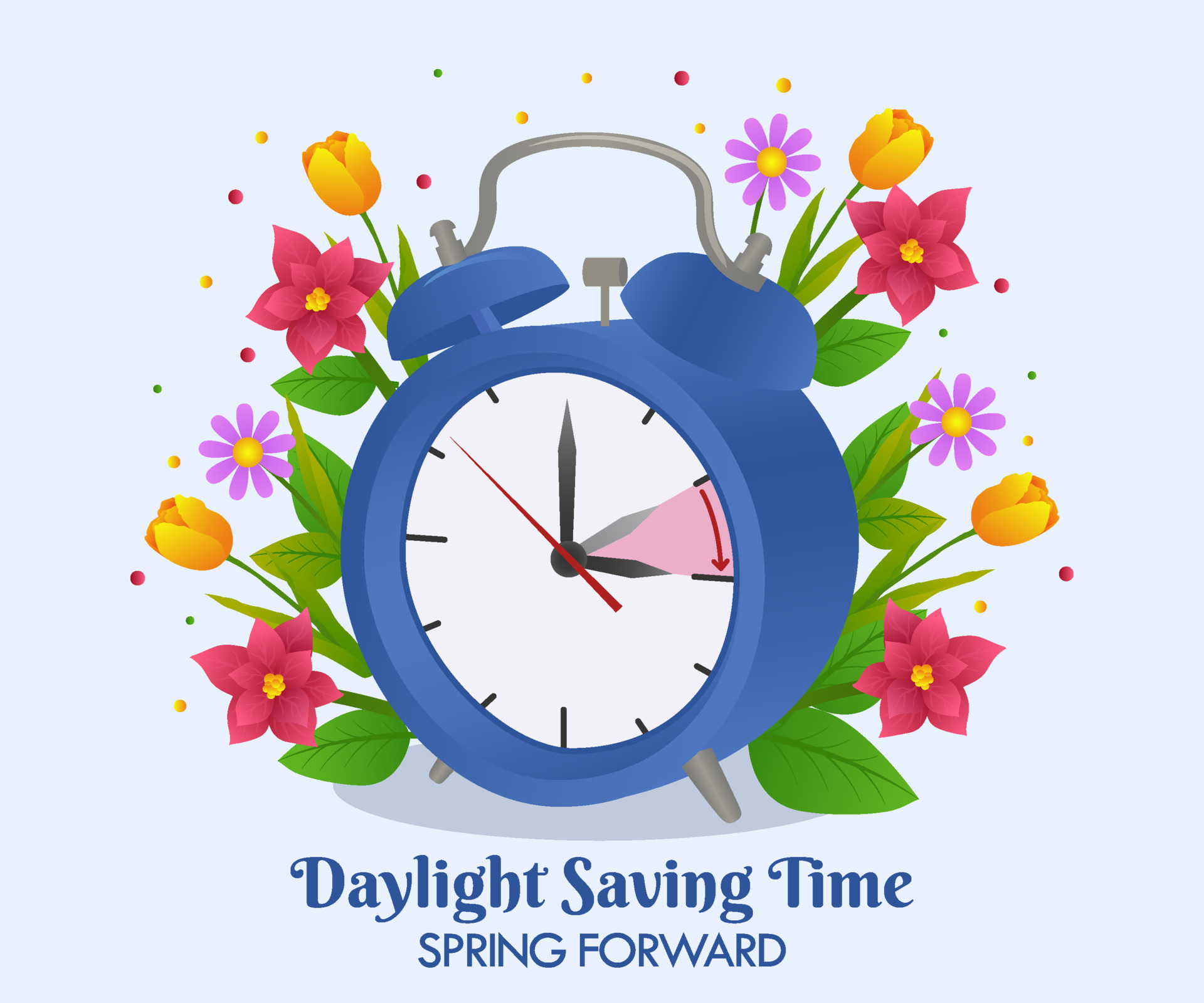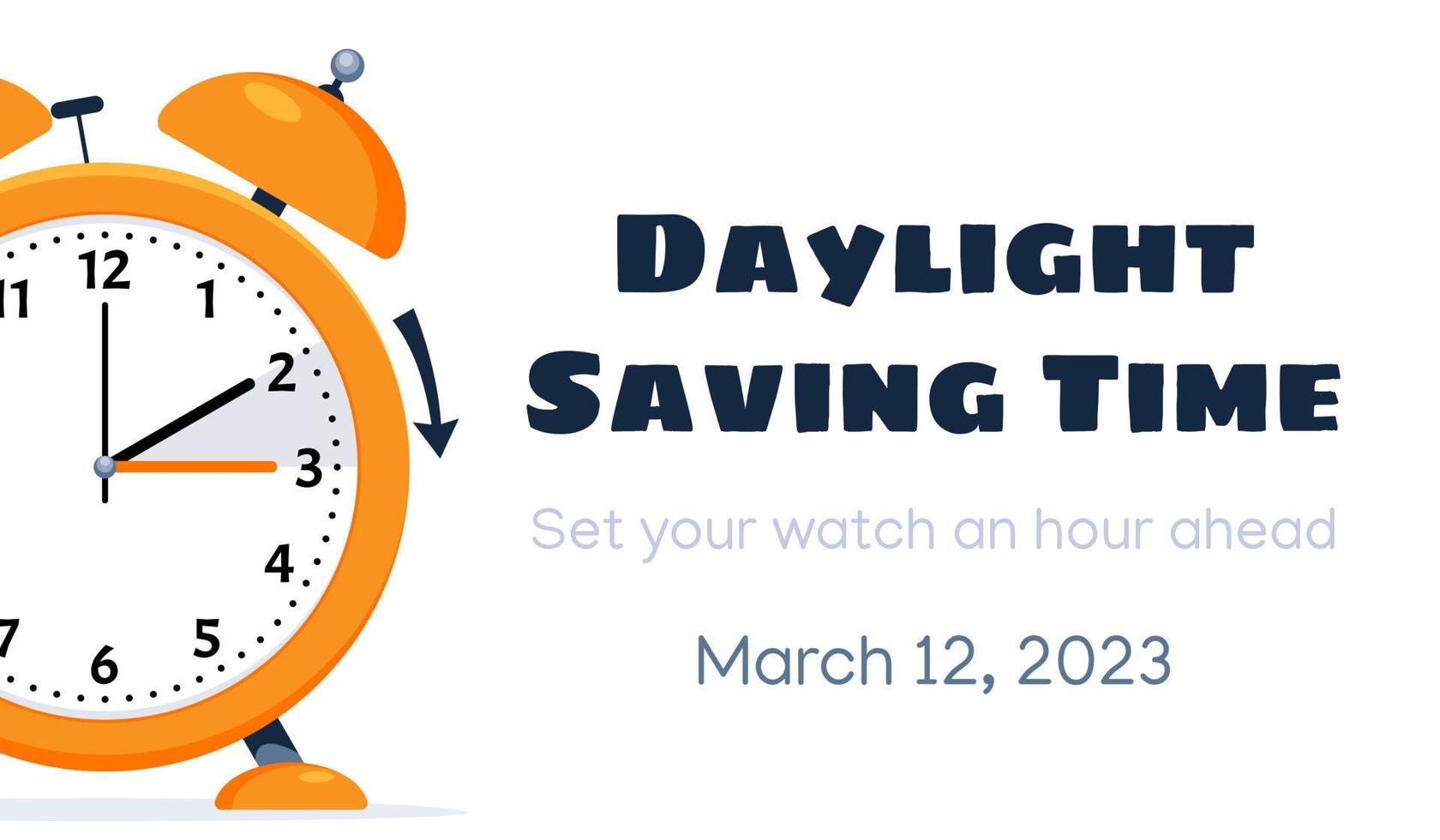Spring Forward 2025: The Expert Breakdown of Daylight Saving Time Start Date & Benefits
As the days get shorter and the temperatures drop, many of us are already feeling the effects of the time change that will be taking place this year. With the start of Daylight Saving Time (DST) just around the corner, it's essential to understand the history, benefits, and potential drawbacks of this bi-annual ritual. In this article, we'll dive into the world of DST and explore what it means for our daily lives, from energy savings to safety concerns.
Daylight Saving Time (DST) is the practice of temporarily advancing clocks during the summer months by one hour so that people can make the most of the sunlight during their waking hours. The concept of DST was first proposed by Benjamin Franklin in 1784, but it did not become widely adopted until World War I, when many countries implemented DST as a way to conserve energy. Today, over 70 countries around the world observe DST in some form.
The start date of DST varies depending on the country and region, but in the United States, it typically begins on the second Sunday in March and ends on the first Sunday in November. This year, the DST start date is scheduled for March 9, 2025, at 2:00 a.m. local time. It's essential to set your clocks forward one hour on the weekend before to ensure a smooth transition.
History of Daylight Saving Time
The history of DST is complex and has been influenced by various factors, including energy conservation, safety, and economic considerations. Here are some key milestones in the history of DST:
- 1784: Benjamin Franklin proposes the idea of DST in a satirical essay titled "An Economical Project for Diminishing the Cost of Light."
- 1916: Germany and Austria become the first countries to implement DST during World War I as a way to conserve energy.
- 1918: The United States adopts DST, but it is met with resistance and eventually repealed in 1919.
- 1942: The United States reinstates DST during World War II as a way to conserve energy and resources.
- 1966: The Uniform Time Act is passed, standardizing DST across the United States and requiring states to observe the practice.
Benefits of Daylight Saving Time
While the implementation of DST can be confusing and disrupt our schedules, there are several benefits to the practice. Here are some of the most significant advantages of DST:
- Energy savings: By making better use of natural light, we can reduce our energy consumption and save money on our utility bills.
- Increased outdoor activities: The extra hour of daylight in the evening allows us to engage in outdoor activities, such as sports, gardening, and socializing, which can improve our physical and mental health.
- Economic benefits: DST can boost tourism and retail sales, as people take advantage of the longer evenings to go out and enjoy themselves.
- Safety: The additional evening daylight can reduce the number of accidents and crimes that occur during the night.
Benefits for Energy Efficiency
One of the primary benefits of DST is energy savings. By adjusting our clocks forward, we can make better use of natural light during the day, which reduces the need for artificial lighting. This can lead to significant energy savings, particularly in industries that rely heavily on electricity, such as manufacturing and transportation.
According to the U.S. Department of Energy, DST can lead to a 0.3% reduction in energy consumption per day. While this may seem like a small amount, it can add up to significant savings over time. Additionally, DST can also lead to a reduction in energy consumption in the evenings, as people are more likely to use energy-efficient lighting and appliances.
Benefits for Health and Well-being
The benefits of DST extend beyond energy efficiency and economics. The additional evening daylight can have a positive impact on our physical and mental health. Here are some ways in which DST can improve our well-being:
- Increased physical activity: The extra hour of daylight in the evening allows us to engage in outdoor activities, such as sports and gardening, which can improve our physical health and reduce our risk of chronic diseases.
- Improved mental health: The additional evening daylight can also improve our mental health, by reducing the risk of Seasonal Affective Disorder (SAD) and other mental health conditions.
- Increased social interaction: The longer evenings can also lead to increased social interaction, as people take advantage of the extra time to go out and engage with others.
Benefits for Children and Schools
The benefits of DST are not limited to adults. Children and schools can also benefit from the practice. Here are some ways in which DST can improve the lives of children and schools:
- Improved learning environment: The additional evening daylight can improve the learning environment, by reducing the need for artificial lighting and creating a more natural and welcoming atmosphere.
- Increased physical activity: Children can take advantage of the extra hour of daylight in the evening to engage in outdoor activities, such as sports and playtime, which can improve their physical health and well-being.
- Better sleep habits: The consistent timing of DST can help children develop better sleep habits, by regulating their body clocks and reducing the risk of sleep disorders.
Drawbacks of Daylight Saving Time
While DST has several benefits, it also has some drawbacks. Here are some of the most significant disadvantages of DST:
- Disruption to sleep patterns: The time change can disrupt our sleep patterns, leading to fatigue, decreased productivity, and other negative effects on our health.
- Confusion and inconvenience: The time change can cause confusion and inconvenience, particularly for people who travel or conduct business across time zones.
- Health risks: The time change can also pose health risks, particularly for people with pre-existing medical conditions, such as heart disease and diabetes.
Disruption to Sleep Patterns
One of the most significant drawbacks of
Loving Auntic Free
Barron Trump Heightisease
Eylon Levy Partner
Article Recommendations
- Zeochip
- The Owners Kpkuang
- Ingrid Harbaugh
- Adrian Williams Wife
- Abby Phillip Net Worth
- Esownload
- Rachel Maddowaughter Age
- Jackepp Illness
- Diane Pol
- Nina Aouilk



